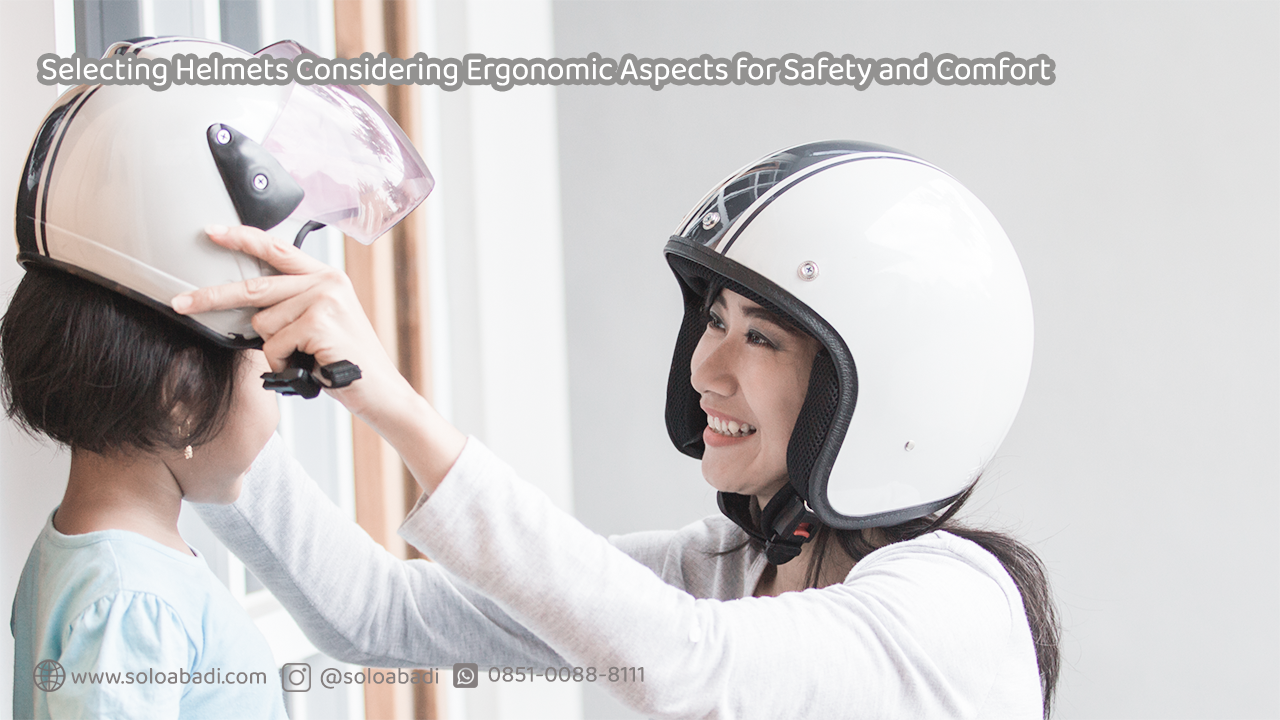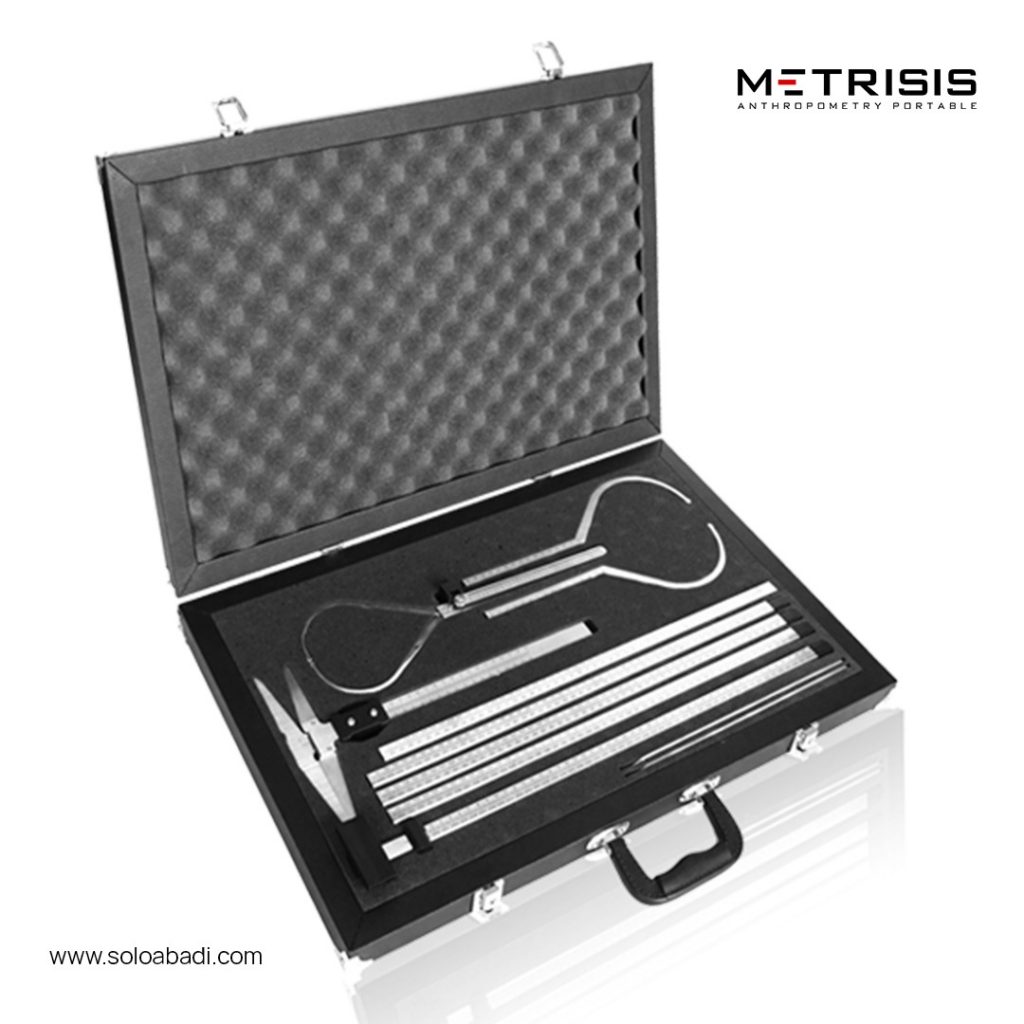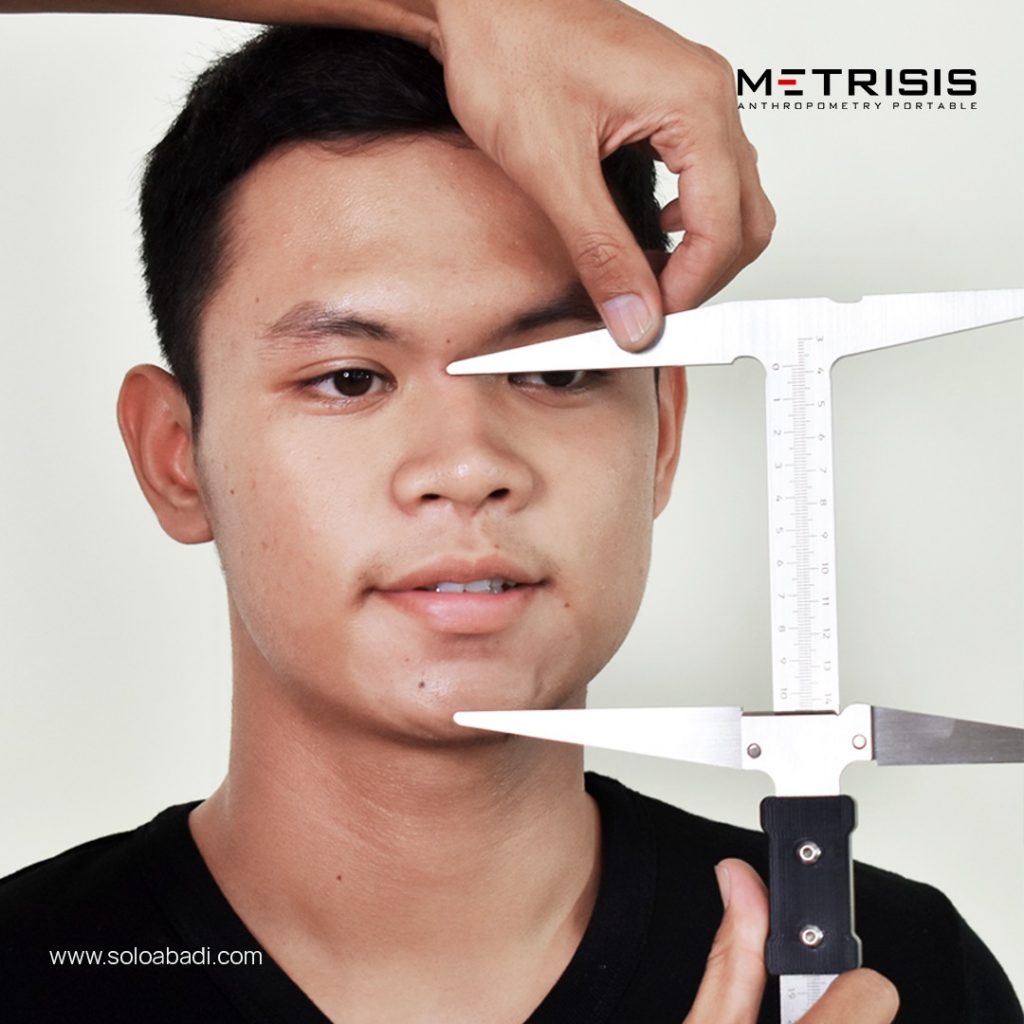When riding a motorized vehicle, safety and comfort are two crucial aspects that should never be overlooked. Among all the protective gear used while riding, the helmet is the most essential. Helmets are not just for visual aesthetics; they serve as the first line of defense against the risk of serious head injuries in traffic accidents.
Safety is the top priority, so the selection of safety gear needs to be scrutinized more rigorously. Choosing the right helmet is one of the efforts in preventing unwanted incidents. What aspects should be considered when selecting a helmet? Is ergonomics an important consideration in helmet selection? Here’s a comprehensive review:
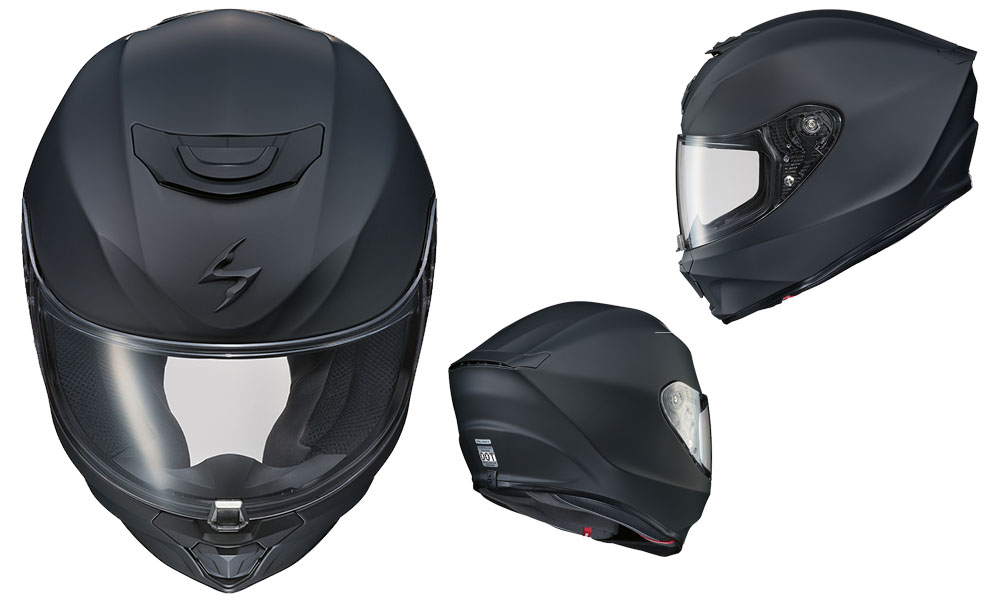
The Role of Helmets in Road Safety
The human head consists of a strong skull, but head injuries can be extremely serious. The head is the control center of the body, overseeing all functions and actions. Head injuries can result in severe brain damage, leading to physical disabilities, cognitive impairments, or even death. Helmets act as shields that protect the skull and brain from the direct impact of collisions during accidents. By absorbing most of the kinetic energy from an impact, helmets reduce the risk of serious head injuries and avert potential fatal risks.
Furthermore, wearing a helmet that meets safety standards provides additional protection to the face and eyes from foreign objects, debris, or strong winds. This helps keep the rider focused and shields the eyes from potential distractions that could cause accidents.
Ergonomics in Helmet Selection
Ergonomics is a scientific approach to designing products, equipment, or environments to fit the individuals who will use them. In the context of helmet selection, ergonomics is key to ensuring that the helmet worn fits the rider’s head and body properly. Ergonomics takes into account the dimensions, shape, and physical characteristics of individuals when designing a product, ensuring maximum comfort and safety.
The aspects of ergonomics need to be considered because of the following factors:
- Comfort: A well-designed ergonomic helmet will be more comfortable for long rides, reducing pressure and friction.
- Safety: Ergonomically fitting helmets are not only more comfortable but also safer, as they can absorb impacts during accidents.
- Control and Focus: A properly fitting helmet allows the rider to stay focused on the road without being disturbed by discomfort.
Next, we need to understand the aspects to consider when choosing a helmet. Here are those aspects:
1. Design that Suits Head Shape
Consider the design, whether it is suitable for the shape of each individual’s head. Choosing the right shape will enhance safety and comfort.
2. Material and Weight
Examine the choice of materials and the weight of the helmet, as it can affect comfort and fatigue levels during the journey.
3. Ventilation and Air Circulation
Additionally, selecting good ventilation can keep the head cool and dry, reducing fatigue during hot weather rides.
4. Safety
Consider the level of safety with available features, such as neck protection and visor features.
Anthropometry as the Basis for Measuring Human Heads
Anthropometry is the science that studies the measurement of physical dimensions of the human body. It encompasses measuring various aspects of the body, including height, weight, arm length, and, of course, head dimensions. In the context of helmet selection, anthropometry plays a key role in understanding variations in human head shapes.
How to Accurately Measure Head Dimensions to Choose the Right Helmet Size
Selecting the right-sized helmet is crucial for comfort and safety. Helmets that are too loose can shift during an accident, reducing their effectiveness in protecting the head. Conversely, helmets that are too tight can exert excessive pressure on the head, causing sustained discomfort during the ride.
Two main dimensions that need to be measured are head circumference and head length from the forehead to the back of the head. With this data, riders can refer to the manufacturer’s helmet size guide to select an appropriate size. Here is a table of anthropometric data relevant to helmet selection:
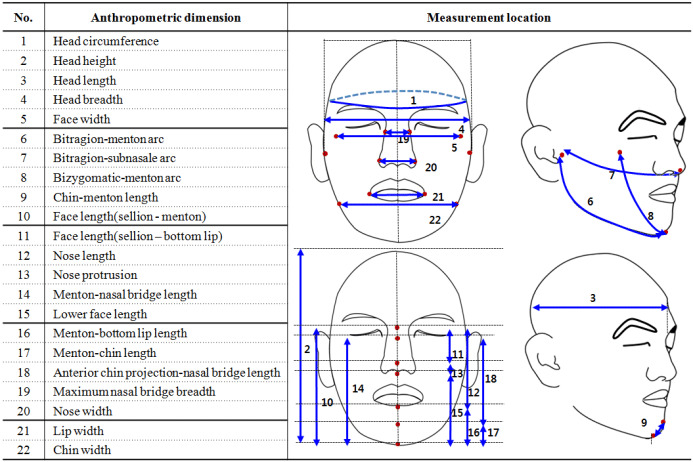
Anthropometric Measurement Tools
To choose the right size, various tools can be used to measure human body dimensions. Additionally, Solo Abadi is one manufacturing company that provides anthropometric measurement tool products.
Portable Anthropometry
This tool measures human body size. It contains several devices that can be used for measurements. Moreover, one advantage of this tool is its portability, making it easy to carry anywhere.
For further information about Solo Abadi’s anthropometric measurement tool products, you can contact them through WhatsApp or visit their website at SOLO ABADI. Get our products by clicking on the “ASK FOR PRICE” links for portable anthropometry and anthropometric chair to obtain top-quality products from us.

